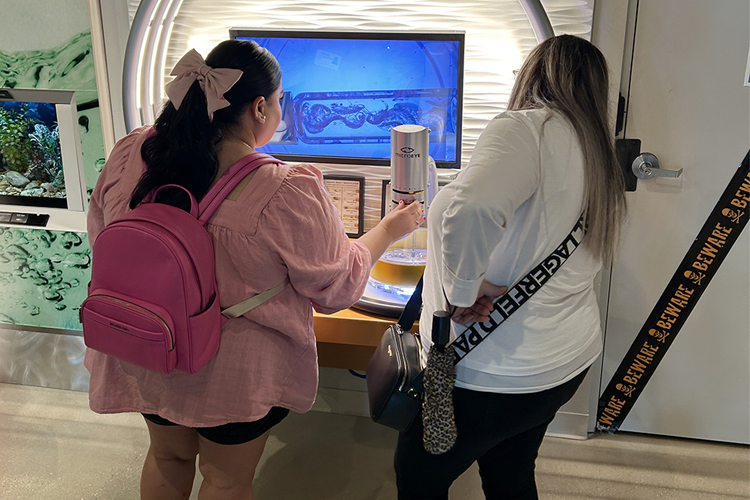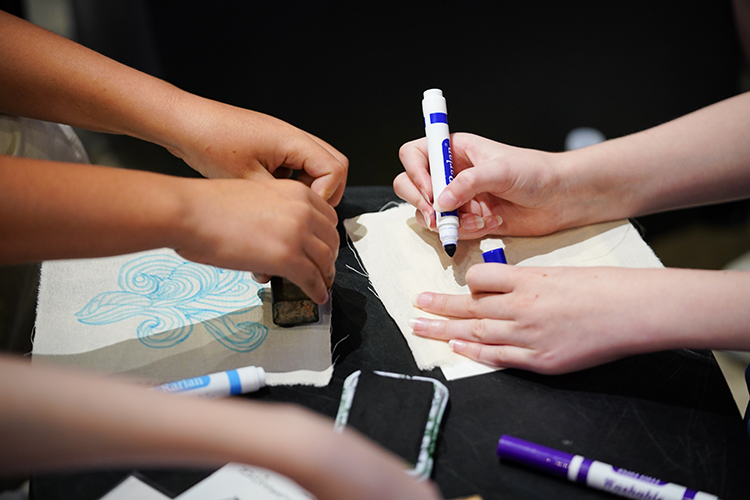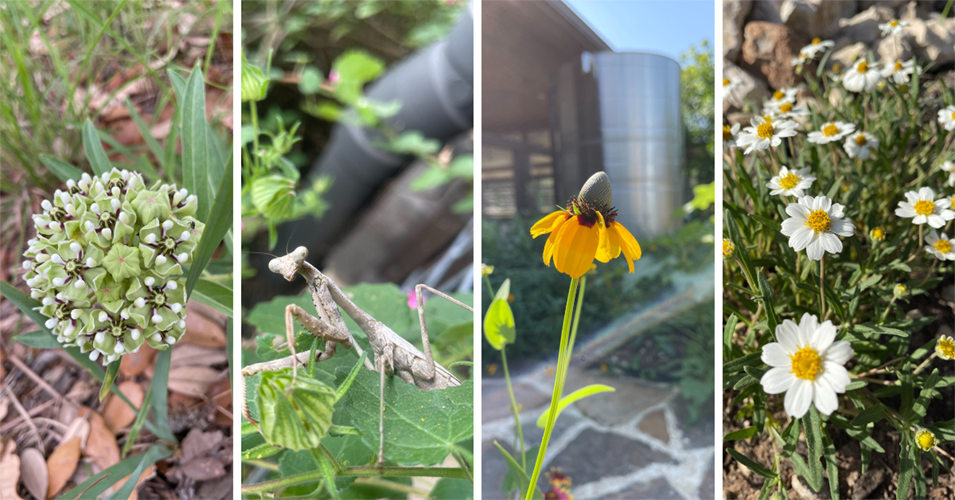Dive Deep: Discovering Aquifer Life with Technology, Art, and Hands-On Learning

Education Station School Program

STEM in Focus: Exploring Aquifer Life Under the Micro Eye
Have you ever wondered what lives in the dark, watery depths of the Edwards Aquifer? Thanks to advances in technology, scientists can now use powerful microscopes like the “Micro Eye” exhibit to peer into the microscopic world invisible to the naked eye.
What does the Micro Eye exhibit offer?
At the Edwards Aquifer’s EOC Learning Center, the Micro Eye exhibit lets visitors, students, and families observe native species up close. By zooming in, we can spot creatures that scientists study to monitor water quality and ecosystem health.
Meet the Aquifer’s Hidden Stars:
• Comal springs riffle beetle: This tiny beetle is incredibly sensitive to changes in water quality, making it a living indicator of aquifer health.
• Peck’s Cave amphipod: A unique crustacean living only in the Edwards Aquifer, its presence signals a thriving, clean groundwater system.
• Texas blind salamander: Found nowhere else, this remarkable amphibian depends on stable, unpolluted spring flows.
Why Their Survival Matters
The survival of these species is directly tied to the Edwards Aquifer. If pollution or overuse harms the aquifer, these creatures are some of the first to feel the effects. By observing them, visitors witness the direct connection between science, technology, and conservation.
Tiny Creatures, Big Lessons: What the Edwards Aquifer Teaches Us Through STEM
The Edwards Aquifer is a living classroom, rich with biodiversity. Its groundwater ecosystems show the importance of each organism, no matter how tiny, to the overall balance and health of our environment.
Biodiversity in Groundwater Ecosystems
The diversity of species in the aquifer helps keep the ecosystem resilient and healthy. Each species, from beetles to amphibians, has a role in maintaining water quality and supporting the food web.

Guests at the Aquifer Artists Station
Hands-On Exploration for Students and Families
At the EOC, students can become scientists for a day observing, documenting, and protecting these unique creatures. Exhibits like the Micro Eye and the Aquarium let everyone interact with real specimens and real science.
Parents and educators can extend learning with activities like:
• Drawing or journaling about aquifer species
• Trying out Pinterest activities or printable worksheets designed for aquifer exploration
• Matching creatures to their habitats and discussing how pollution might affect them

Aquifer Artists Station
See the Unseen: How STEAM Helps Us Understand the Hidden World Beneath Our Feet
STEM becomes STEAM when we add Art—and that’s where observation turns into true appreciation!
Science + Art = Deeper Learning
At the Art Station, students can use downloadable worksheets to sketch what they see, observe patterns in body shapes, and journal about how these creatures move and survive. Nature journaling not only reinforces scientific observation but also fosters creativity and mindfulness.
Visit Our Pinterest Board
Check out our Pinterest page for species-inspired art activities, nature journaling ideas, and examples of real students’ aquifer sketches.
More Posts

From Lens to Landscape: Tips for Our Rooted in Saving Water Photo Contest
June marks the official start of summer – and one of the most fascinating astronomical events of the year: the summer solstice. This annual milestone happens when Earth’s tilt is at its maximum toward the sun, giving the Northern Hemisphere its longest day and shortest night of the year. This year, the summer solstice arrives on June 20th at 3:50 p.m. CDT.

Step Into Nature: Celebrating National Hiking Day with the EAA EOC
A school group taking our Nature Navigators hike.Each year on November 17, we celebrate National Hiking Day! It is a chance to unplug, hit the trail, and reconnect with nature. It’s not just good for your body and mind, it’s also an opportunity to engage with our...

0 Comments